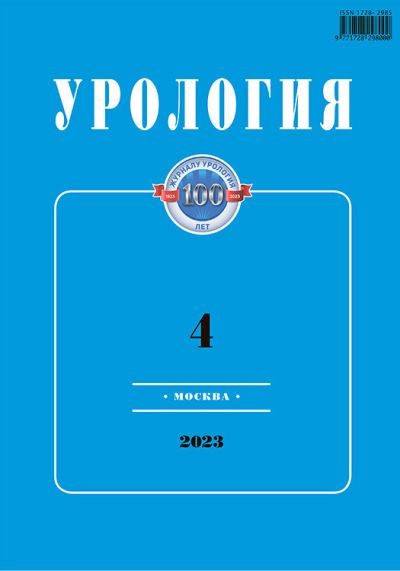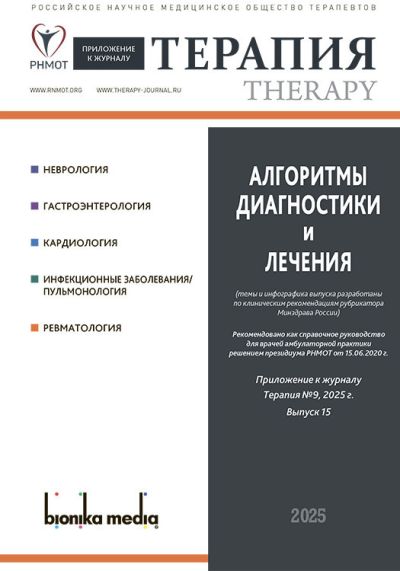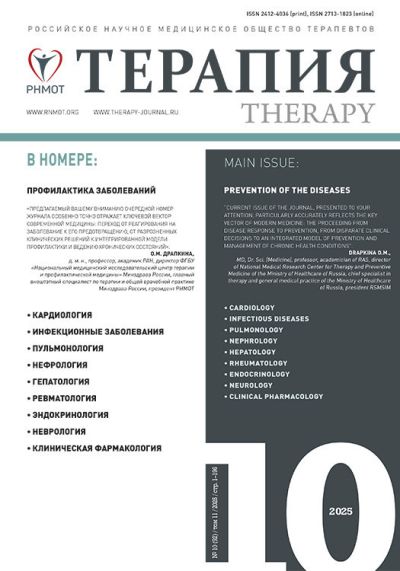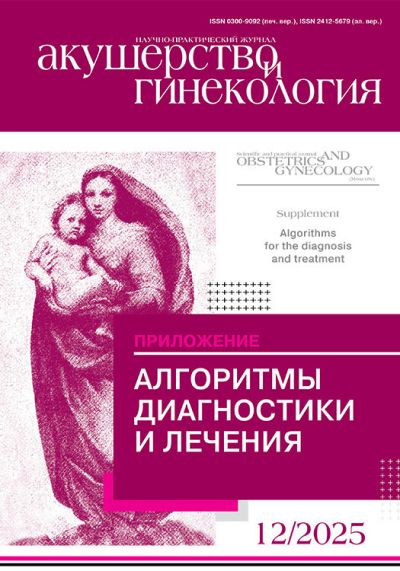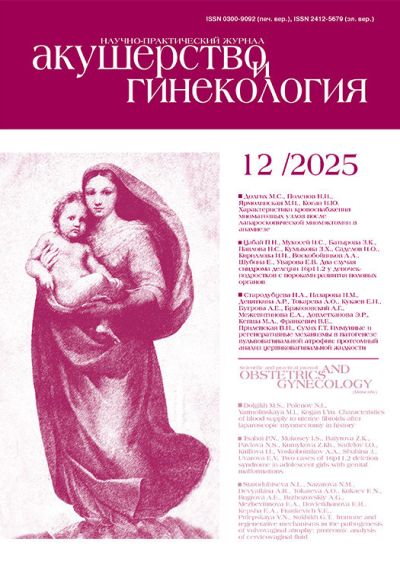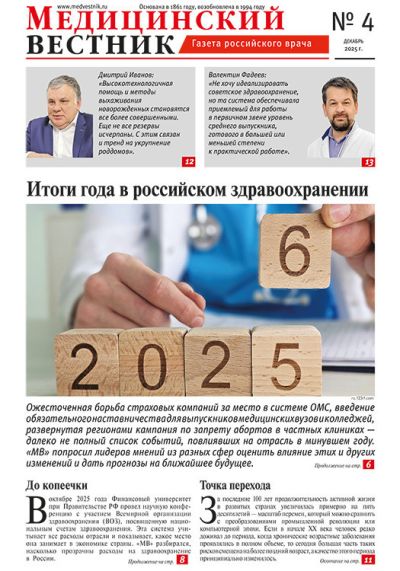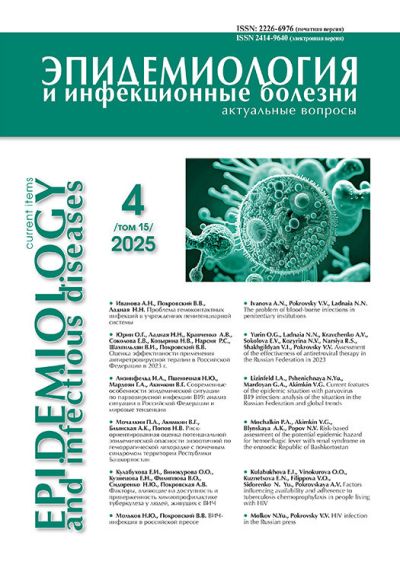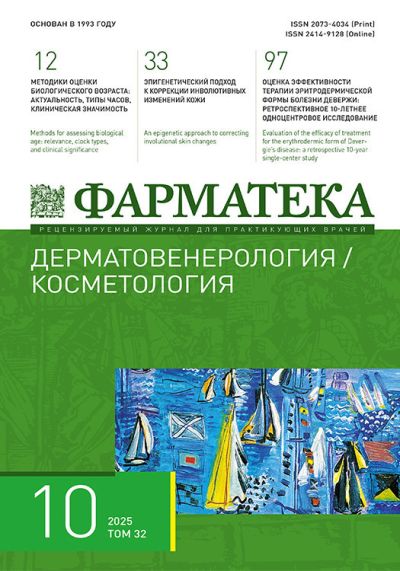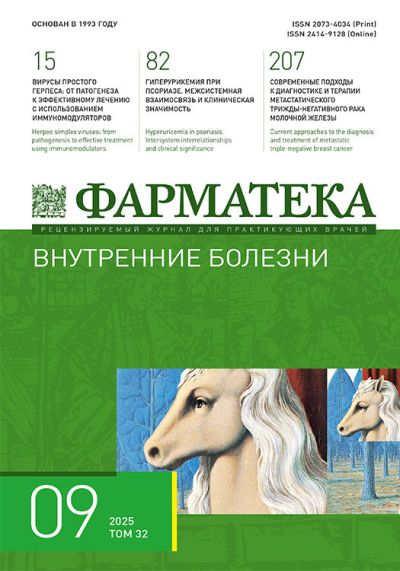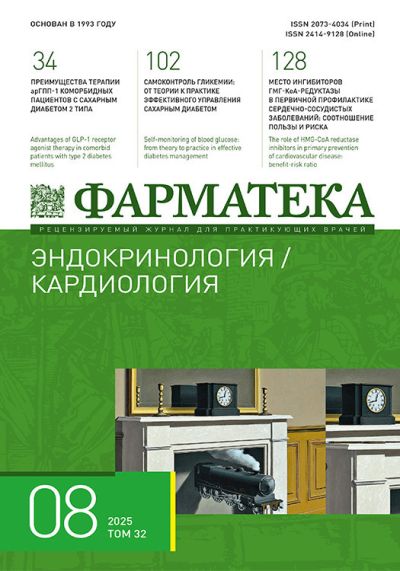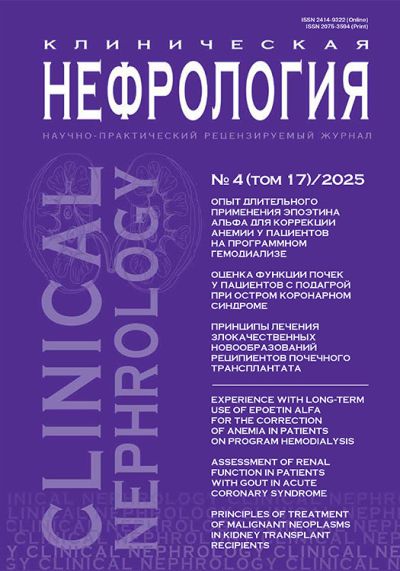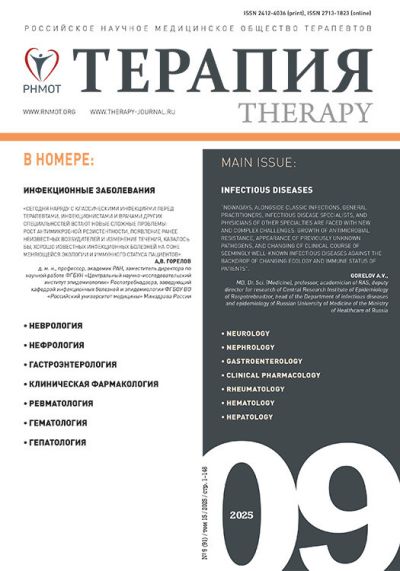Урология №4 / 2023
Прогнозирование результатов трансплантации почки с использованием искусственных нейронных сетей и изучение важных факторов риска
1) Кафедра биомедицинской инженерии и биофизики, Медицинский факультет, Университет медицинских наук им. Шахида Бехешти, Тегеран, Иран;
2) Исследовательский центр нефрологии, Медицинский факультет, Университет медицинских наук Бакияталлы, Тегеран, Иран;
3) Исследовательский центр химических травм, Институт Биологических систем и отравлений, Университет медицинских наук Бакияталлы, Тегеран, Иран;
4) Отдел управления медицинской информацией, Школа управления здравоохранением и информационных наук, Иранский университет медицинских наук, Тегеран, Иран;
5) Школа математических и физических наук Университета Маккуори, Сидней, Австралия
Введение. Пересадка почки является методом выбора для ряда пациентов с терминальной стадией хронической почечной недостаточности, но в ряде случаев развивается острая или хроническая реакция отторжения трансплантата. В этой связи очень важно прогнозировать результаты трансплантации.
Материалы и методы. В базу данных включены данные историй болезни 4572 пациентов после трансплантации почки. Мы использовали искусственные нейронные сети для прогнозирования результатов трансплантации. Кроме того, изучались новые характеристики, которые позволили улучшить точность прогнозирования.
Результаты. Согласно результатам, нейронные сети с хорошей конфигурацией позволяют прогнозировать результаты трансплантации почки с чувствительностью и специфичностью выше 86%. Креатинин является наиболее важным фактором риска, который влияет на результаты трансплантации.
Заключение. Разработанные нейронные сети позволяют правильно прогнозировать результаты трансплантации с точностью 86%. Уровень креатинина реципиента является наиболее важным прогностическим фактором почечной функции.
Introduction. Unfortunately, by the prevalence of kidney disease, especially the End-Stage Renal Disease (ESRD) [1], there are only two options, dialysis or kidney transplantation [2].
Nowadays, kidneys provision from deceased donors and non-family members, makes renal transplantation more feasible, but the main problem is the rejection of the transplanted kidney. In these conditions, the medical team decides whether the kidney transplantation is the best option. To make a better decision, they use their own personal experiences, the patient’s record and a set of medical standards. Some graft survival risk factors (features) are: Donor and recipient relationship, donor statues (live [3] or deceased donor), recipient and donor weight, height [4], BMI (Body Mass Index) [5], age [6], gender and gender matching [7], race and ethnicity [8, 9], cause of ESRD [10], HLA (Human Leukocyte Antigen) typing [11, 12], immunological factors like presence of antibodies against lymphocytic antigens, presence of antibodies like cytotoxic in blood donors, histologic findings [13-16] and pathological abnormalities [17], serum creatinine [12, 18-20], estimated Glomerular Filtration Rate (eGFR) [13, 21], recurrence of glomerulonephritis, amount of urea, urinary infection [22], Retinol Binding Protein (RBP) and albumin content of urine [23], length of preoperative witting time [24] and dialysis time [4, 24-28], reversible kidney disease, malignancy and active neoplasm, active acute or chronic infection such as cytomegalovirus [4], Chronic Allograft Nephropathy (CAN) [29, 30], vitamin D levels in donated kidney(s), surgical procedures, Cold Ischemic Time (CIT), position of kidney (left or right), level and type of immunosuppression drug [31], active vasculitis, severe lung or cardiovascular disease, blood group [32, 33], coagulation, hypertension, level of hemoglobin and hematocrit, hyperlipidemia, severe chronic liver disease, substance abuse, uncontrolled psychiatric disorders, smoking status, patient non-compliance, operation room conditions, transplantation center [3, 31, 34-38], nurse and physicians conditions, hospitalization time and other donor related risk factors like donor cerebrovascular cause of death, history of hypertension, donor elevated creatinine or donor history of Acute Kidney Injury (AKI) [39] .
Obviously, there are other risk factors not mentioned above. Previous studies have focused on some of the above features and sometimes their results contradict each other. For example some studies [13, 21], have used creatinine as a risk factor, but some studies state that the predictive power of creatinine is not sufficiently precise, because creatinine cannot precisely predict GFR (Glomerular Filtration Rate) [40].
Due to the variety of effective factors, it is difficult for a physician to predict the transplantation result. In addition, some of laboratory tests are costly and time-consuming as well as requiring lab equipment. Hence to save time, cost and accuracy, it is beneficial to apply Machine Learning (ML) techniques to predict transplantation outcome. There are some publicly available decision-making tools and risk calculators [9, 41-43], but their performance is limited.
Methods such as Cox model [44], machine learning techniques [4, 19, 45-49] like decision tree [49, 50] and neural networks [51] have been used to predict the renal transplantation outcome.
In general, renal transplantation survival prediction studies can be classified into three types, short-term, mid-term, and long term. In recent decades, the use of immunosuppressive drugs such as cyclosporine has reduced the renal transplant rejection, which necessitates prediction of long-term transplant survival [52-56].
In this article we have Artificial Neural Networks (ANN) model. Moreover, we have used a set of different features compared to the literature. The data set has been collected from patients’ record within 10-years, which included both acute and long-term rejections.
Materials and Methods
Data collection
The dataset was extracted from records of 4572 patients who had one or two kidney transplantations in Tehran’s Shahid Labbafinejad and Baqiyatallah Hospital. The confidentiality of the data was maintained and the study was approved by the ethics board of Shahid Beheshti University of Medical Sciences (No: IR.SBMU.MSP.REC.1397.518). Demographic variables, clinical features and laboratory parameters such as creatinine, HBsAg (Hepatitis B surface antigen), HCV-Ab (Hepatitis C Virus Antibody) (Table 1) were used as inputs to the ML models. After removing the outliers and replacing missi...
